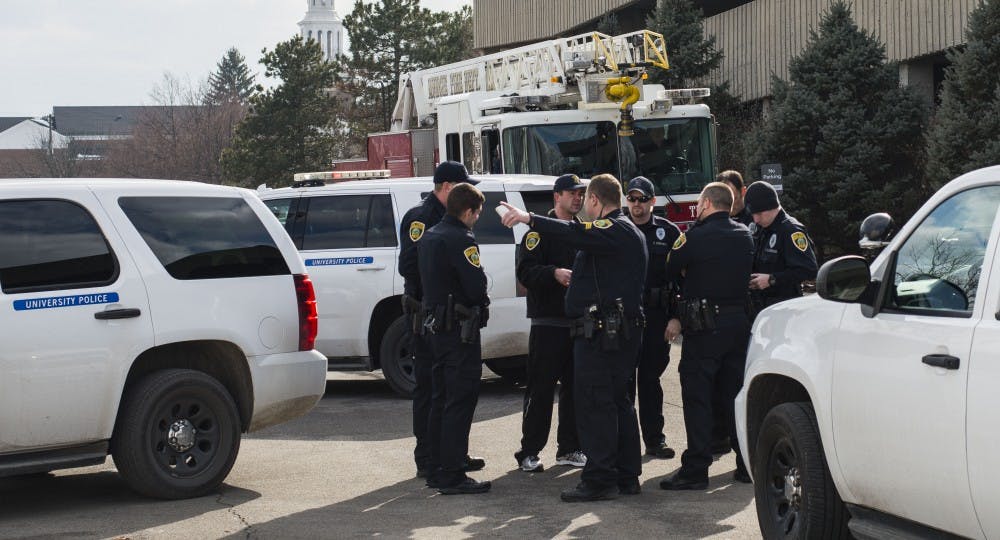Schools need to:
1. Have threat assessment teams, training and protocols
2. Have plans for heightened security when threats are received
3. Have crisis communications and social media plans to communicate to students, staff and the school community when threats are made
- Teachers and administrators need to create a trusting and connected school climate that will give them an early warning when rumors get started
- Educators and parents have to understand how kids use social media, and educate them about the harm that threats can cause
- School officials and police should use threat assessment protocols to determine if a threat is credible. This will reduce unnecessary evacuations and closings
- Solid crisis communication plans that give parents real-time information can greatly reduce anxiety, and get schools and parents working together. School districts should survey their parents to find out which communication channels they use and meet them there
- Communities need an easy way for kids, parents and schools to report threats and safety concerns using the latest electronic tools
Source: Kenneth Trump, president of the National School Safety and Security Service
Incidents of potential bomb threats have occurred at two universities in Central Indiana in recent weeks, and one expert said this could be part of a growing trend.
At Ball State on Feb. 17, a suspicious package left at the L.A. Pittenger Student Center prompted the university to evacuate the Student Center and bring a bomb squad, among other law enforcement, to the scene. On Feb. 25, Anderson University received a threat via email about a potential bomb threat on campus. The university notified university and city police, as well as the FBI.
Neither incident was deemed to be credible, but bomb threats and scares in schools across the country are seeing a rise, according to a study.
Kenneth Trump, president of the National School Safety and Security Service, said a recent study done by his organization found a growing number of bomb threats in schools.
The organization reviewed 812 school threats across the country from Aug. 1 to Dec. 31 in 2014 and found that threats were up 158 percent since 2013, when the group did the first survey of this kind.
“This rapid escalation of school threats requires urgent attention,” Trump said. “Electronic communications — including social media — have contributed to the uptick in school threats as they increase the ease of sending the threats and spreading anxiety when such threats are received.”
Popular apps like Yik Yak, After School and Whisper are creating problems for investigators because teens can post anonymously, making it harder to track down offenders, Trump said.
Following preliminary results yielded by the study, Trump said school officials are not powerless, and close attention and preventive measures against bomb threats should be taken and updated when necessary.
“Threats are manageable and preventable," Trump said. "Schools, police and parents need critical strategies that can help keep children and educators safer and parents calmer.”
University spokeswoman Joan Todd said Ball State has emergency protocols in place for incidents involving the potential for harm caused by a bomb or other explosive.
Each incident is handled on a case-by-case basis, however, not all incidents are considered bomb threats until properly assessed by university police.
The university defines a suspicious object as any package, parcel, container or other object that is suspected of being an explosive device because it is out of place or unusual for that location and cannot be accounted for, or because a threat has been received. University police and university officials are responsible for making decisions about how and when alerts should be issued to students based on what they find during the process.
However, Michael Dorn, executive director of Safe Havens International, said he would be more cautious with data collected from recent studies.
“The data I have seen has been generated by school safety consultants using very unreliable means,” Dorn said. “Over the past 35 years in the field, I have seen indications of increases in them in particular local regions. Based on our interviews with client districts and non-public schools we are still seeing this vary quite a bit from locale to locale.”
Dorn said Safe Havens International still has many clients that have not had any bomb threats in the past few years. However, increased media attention and terrorist attacks across the globe still warrant careful planning and attention to protocols, he said.
“Up-to-date bomb threat protocols that do not automatically require evacuations along with rotation of evacuation routes and sites are both important,” Dorn said. “Thorough investigation of any threats is important as is prosecution of violators when they are caught is also important.”
While neither Trump nor Dorn would comment on recent incidents at Ball State or Anderson, both agreed that proper communication between students and administration is important, and that following university guidelines for the incident at hand helps situations deescalate as safely as possible.





